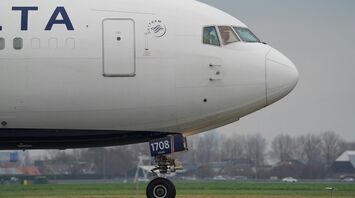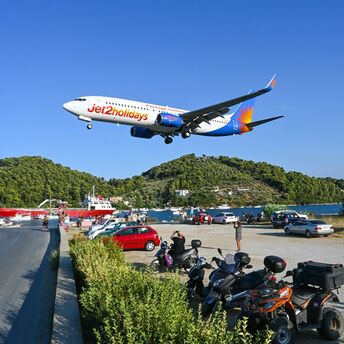Amsterdam Schiphol's Polderbaan Runway: A Strategic Distance

Amsterdam's Schiphol Airport, the principal aviation hub in the Netherlands, has consistently adapted to increasing travel demands. This adaptation was marked notably in 2003 with the opening of its sixth runway, the Polderbaan, strategically located far from the terminal to mitigate noise pollution for local communities.
Built for Capacity and Community Considerations
Schiphol, recognized for its extensive network and capacity, chose the Polderbaan's location to address both spatial constraints and environmental considerations. The runway, situated 5 kilometers from the terminal, is not only a testament to the airport's commitment to growth but also to community welfare.
Navigating the Distance
Despite its distance creating longer taxi times, which can extend to over 15 minutes, the Polderbaan serves as Schiphol's primary runway, handling a significant portion of its air traffic. This distance necessitates a dedicated air traffic control tower, emphasizing its importance and the logistical considerations it entails.
Traveling through Schiphol, especially for passengers with tight connecting flights, means accounting for the extended taxi times associated with the Polderbaan. The airport's design reflects a balance between operational capacity and minimizing noise impact, a concern particularly for the surrounding areas.
A Hub of Connectivity and Observation
For aviation enthusiasts and plane spotters, the Polderbaan's remote location offers a unique vantage point. Positioned adjacent to a planespotting area, it allows visitors to observe the bustling activity of one of Europe's key airports up close.
Amsterdam Schiphol's strategic approach to expanding its infrastructure while considering environmental and community impacts exemplifies how major airports can balance growth with responsibility. The Polderbaan is more than just a runway; it's a symbol of thoughtful aviation progress.



















